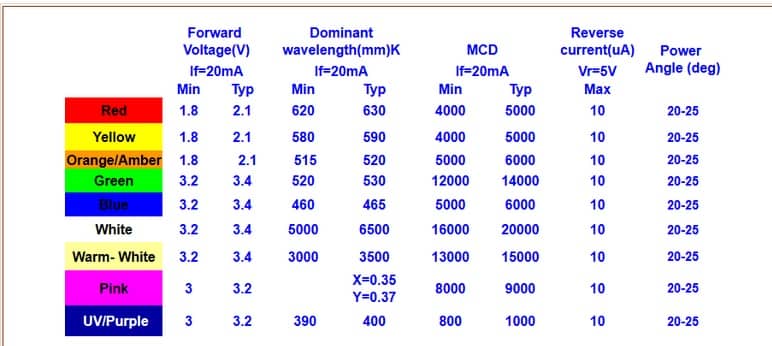LED and other diodes can expand the Arduino projects. They come in many colors and even RGB versions. I will be adding projects to the menu.

A diode is a two-terminal electronic component that conducts current primarily in one direction (asymmetric conductance); it has low (ideally zero) resistance in one direction, and high (ideally infinite) resistance in the other. A diode vacuum tube or thermionic diode is a vacuum tube with two electrodes, a heated cathode and a plate, in which electrons can flow in only one direction, from cathode to plate. A semiconductor diode, the most commonly used type today, is a crystalline piece of semiconductor material with a p–n junction connected to two electrical terminals. Semiconductor diodes were the first semiconductor electronic devices. The discovery of asymmetric electrical conduction across the contact between a crystalline mineral and a metal was made by German physicist Ferdinand Braun in 1874. Today, most diodes are made of silicon, but other semiconducting materials such as gallium arsenide and germanium are also used.
Red LED is 1.8-2.1V @ 20mA. You need to add a resistor to the LED to protect it
5V:
5V – 1.8V = 3.2V / 0.020 A = 160 Ω
5V – 2.1V = 2.9V / 0.020 A = 145 Ω
These are the minimum resistance required to protect the LED. Usually a 220 Ω or 330 Ω is the recommended choice.
3.3V:
3.3V – 1.8V = 1.5V / 0.020 A = 75 Ω
3.3V – 2.1V = 1.2V / 0.020 A = 60 Ω
These are the minimum resistance required to protect the LED. Usually a 220 Ω or 330 Ω is the recommended choice.